
Figure 1: Braid Based vs Lasercut Hypotube Based Catheter Construction
S no |
Mechanical Property |
Clinical Relevance |
Design objective |
Design option |
1 |
Pushability: ability to exert longitudinal force from the proximal end to distal end of the shaft |
Allows the physician to easily push the device to the target treatment site |
Maximize the pushability of the catheter |
Maximize
|
2 |
Torque transmission: ability to transmit proximal end input torque to distal end output torque |
Allows for rotation of the implant in the intended orientation with respect to the patient anatomy |
Maximize the torque transmission with minimal inter-shaft frictional loss |
Maximize
|
3 |
Trackability: ability to flex with application of minimal bending force |
Allows the catheter to bend and conform to the patient’s anatomy without causing traumatic vascular damage |
Maximize the bendability |
Minimize
|
4 |
Kink Radius- ability to bend around corners without distortion of cross-sectional shape of the catheter |
Allows for easier delivery of implants and ancillary devices like guidewires through the catheter lumen to the target treatment site |
Retain the cross-sectional shape of the catheter with minimal shape distortion |
Maximize
Minimize
|
Table 1 : Catheter Mechanical Properties, their clinical relevance and design options to achieve them
Slot Length |
Uncut length between slots |
Spiral Pitch |
Slot Width |
Number of slots per rotation |
Table 2 : Critical Parameters-Interrupted Spiral Pattern
S No |
Design Parameters |
Values |
1 |
LCH Outer Diameter (OD) |
0.134 inches |
2 |
LCH Inner Diameter (ID) |
0.100 inches |
3 |
LCH Length |
1.5 inches |
4 |
Number of slots per spiral rotation |
3 count |
5 |
Total Number of Slots |
180 count |
Table 3 : Parameter Constants used for the LCH Model Design
S No |
LCH Parameter |
Low (inches) |
High (inches) |
1 |
Spiral Pitch |
0.020 |
0.035 |
2 |
Slot Width |
0.003 |
0.007 |
3 |
Arc Cut Length |
0.056 |
0.084 |
Table 4 : LCH Critical Parameter Ranges for Design Optimization
Parameter |
Value |
Material Model |
Linear Elastic-Plastic |
Young’s Modulus(psi) |
2.9E7 |
Poisson’s Ratio |
0.29 |
Plastic Behavior (Stress, Strain) |
(137000,0.00) |
Ultimate Strain (%) |
20 |
Table 5 : FEA Material Model Parameters
Input Variables |
Input Variables Level |
||||
Low |
Center |
High |
Axial(-α) |
Axial(+α) |
|
Spiral Pitch (P) |
0.020 |
0.0275 |
0.035 |
0.0149 |
0.0401 |
Slot Width (SW) |
0.003 |
0.005 |
0.007 |
0.0016 |
0.0084 |
Slot Arc Length (SL) |
0.056 |
0.070 |
0.084 |
0.0465 |
0.0935 |
Table 6 : Input Levels for Central Composite Design (CCD)
Run Order |
Blocks |
Input Variables |
Response Variables |
||||
Slot Width |
Slot Arc Length |
Spiral Pitch |
Tensile Stiffness (lbf/in) |
Torsional Stiffness |
Bending Stiffness |
||
1 |
1 |
0.0030 |
0.0560 |
0.0200 |
149.60 |
10.93 |
17.00 |
2 |
1 |
0.0070 |
0.0560 |
0.0200 |
79.40 |
7.20 |
8.42 |
3 |
1 |
0.0030 |
0.0840 |
0.0200 |
31.19 |
5.75 |
3.59 |
4 |
1 |
0.0070 |
0.0840 |
0.0200 |
7.01 |
2.83 |
0.85 |
5 |
1 |
0.0030 |
0.0560 |
0.0350 |
256.20 |
9.88 |
25.17 |
6 |
1 |
0.0070 |
0.0560 |
0.0350 |
185.80 |
6.33 |
14.25 |
7 |
1 |
0.0030 |
0.0840 |
0.0350 |
101.40 |
3.58 |
9.65 |
8 |
1 |
0.0070 |
0.0840 |
0.0350 |
34.68 |
0.80 |
3.83 |
9 |
1 |
0.0016 |
0.0700 |
0.0275 |
93.83 |
10.30 |
10.20 |
10 |
1 |
0.0084 |
0.0700 |
0.0275 |
30.76 |
5.47 |
1.84 |
11 |
1 |
0.0050 |
0.0465 |
0.0275 |
136.40 |
12.55 |
15.94 |
12 |
1 |
0.0050 |
0.0935 |
0.0275 |
24.31 |
4.02 |
1.82 |
13 |
1 |
0.0050 |
0.0700 |
0.0149 |
7.12 |
2.99 |
0.29 |
14 |
1 |
0.0050 |
0.0700 |
0.0401 |
95.42 |
3.20 |
10.69 |
15 |
1 |
0.0050 |
0.0700 |
0.0275 |
47.10 |
7.60 |
5.04 |
16 |
1 |
0.0050 |
0.0700 |
0.0275 |
47.10 |
7.60 |
5.04 |
17 |
1 |
0.0050 |
0.0700 |
0.0275 |
47.10 |
7.60 |
5.04 |
18 |
1 |
0.0050 |
0.0700 |
0.0275 |
47.10 |
7.60 |
5.04 |
19 |
1 |
0.0050 |
0.0700 |
0.0275 |
47.10 |
7.60 |
5.04 |
20 |
1 |
0.0050 |
0.0700 |
0.0275 |
47.10 |
7.60 |
5.04 |
Table 7 : CCD Matrix and FEA Simulation Data for Responses
|
Response Variables |
||
|
Tensile Stiffness (lbf/in) |
Torsional Stiffness (lbf-in/rad) |
Bending Stiffness |
Target Range |
5-10 |
8-13 |
5-10 |
Table 8 :Response Variables-Target Ranges
Regression Coefficient |
Tensile Stiffness (y1) |
Bending Stiffness(y2) |
Torsion Stiffness(y3) |
|||
Regression coefficient |
Associated p-value for the term |
Regression coefficient |
Associated p-value for the term |
Regression coefficient |
Associated p-value for the term |
|
η0 |
724 |
0.000 |
97.9 |
0.000 |
4.89 |
0.000 |
η1 |
-52606 |
0.012 |
-6403 |
0.000 |
-1364 |
0.000 |
η2 |
-15345 |
0.000 |
-1941 |
0.000 |
-255 |
0.000 |
η3 |
6174 |
0.002 |
168 |
0.001 |
1768 |
0.000 |
η21 |
3451025 |
0.110a |
268541 |
0.100a |
2293 |
0.951a |
η22 |
103007 |
0.028 |
10641 |
0.006 |
770 |
0.324a |
η23 |
176097 |
0.237a |
15763 |
0.166a |
-29947 |
0.000 |
η12 |
221879 |
0.570a |
48858 |
0.117a |
7084 |
0.334a |
η13 |
-356175 |
0.624a |
-45234 |
0.414a |
2623 |
0.844a |
η23 |
-137049 |
0.203a |
-5898 |
0.455a |
-2723 |
0.174a |
R2 (Model) |
0.885 |
- |
0.934 |
- |
0.983 |
- |
R2(adj) (Model) |
0.782 |
- |
0.874 |
- |
0.967 |
- |
3Lack of Fit (F-value) for Model |
8.57 |
- |
15.69 |
- |
62.63 |
- |
Lack of Fit (P-value) for Model |
0.001 |
- |
0.000 |
- |
0.000 |
- |
|
||||||
ηi: the estimated regression coefficient for the main linear effects. ηii: the estimated regression coefficient for the quadratic effects. ηij: the
estimated regression coefficient for the interaction effects. 1: Slot width; 2: slot arc length; 3: spiral pitch. a- statistically insignificant
(p>0.05)
Table 9 : Regression coefficients, R2, adjusted R2, probability values and lack of fit for the initial regression models
|
Tensile Stiffness |
Bending Stiffness |
Torsional Stiffness |
Minitab Model Prediction |
99.99 |
8.99 |
8.5 |
FEA Test Result |
79.9 |
5.81 |
8.61 |
% Error |
20% |
35% |
-1% |
Table 10 : % Error Between Minitab Model and FEA Simulation

Figure 1: Braid Based vs Lasercut Hypotube Based Catheter Construction

Figure 2: Common Lasercut Patterns

Figure 3: CAD Model- Interrupted Spiral Lasercut Pattern

Figure 4: Critical Parameters Definition- Interrupted Spiral Lasercut Pattern

Figure 5: Test Setup-3pt Bend Test
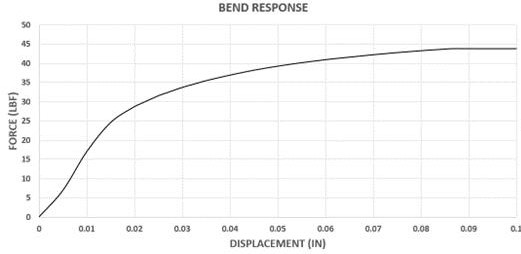
Figure 6: Force vs Displacement Curve- 3Pt Bend Test

Figure 7: Test Setup-Torsion Test
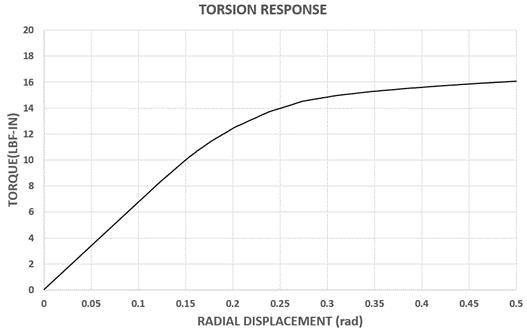
Figure 8: Torque vs Radial Displacement Curve- Torsion Test

Figure 9:Test Setup-Tensile Test
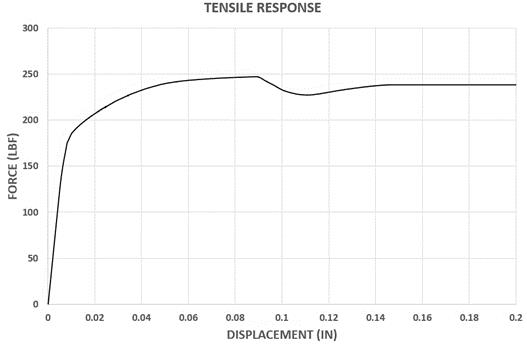
Figure 10: Force vs Displacement Curve- Tensile Test
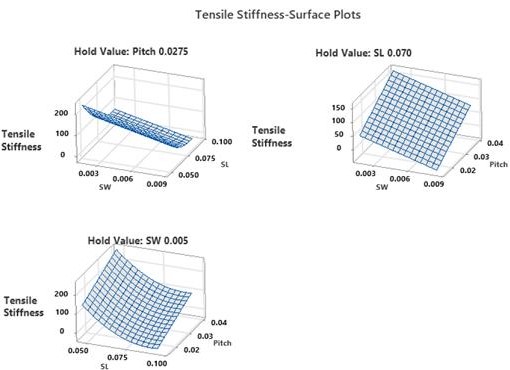
Figure 11: 3D Surface Plots- Tensile Stiffness
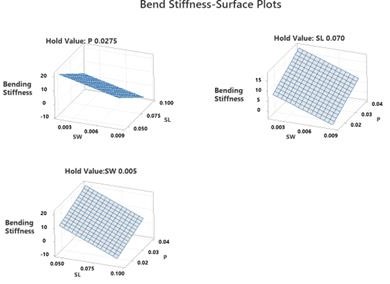
Figure 12: 3D Surface Plots- Bend Stiffness
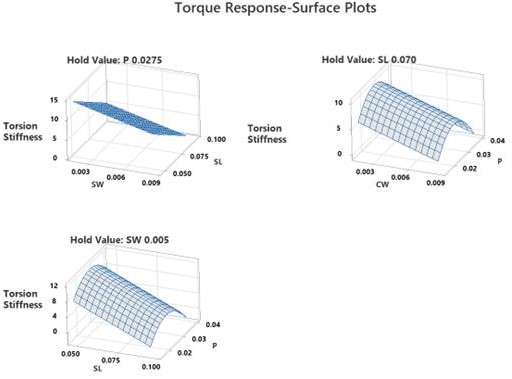
Figure 13: 3D Surface Plots- Torsional Stiffness
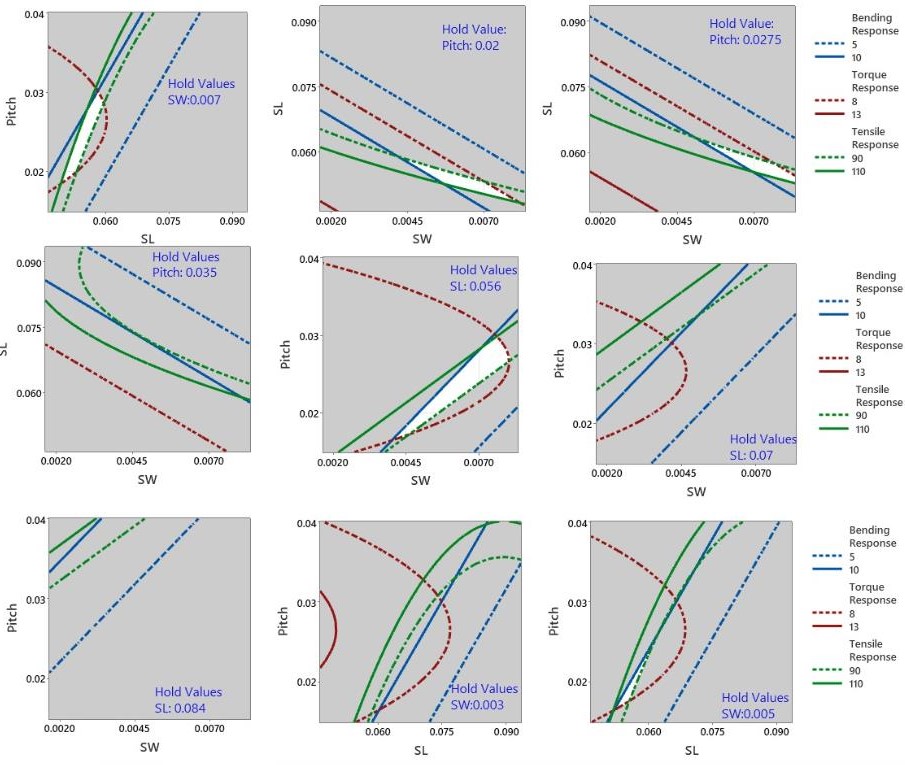
Figure 14: Overlaid Contour Plot Matrix
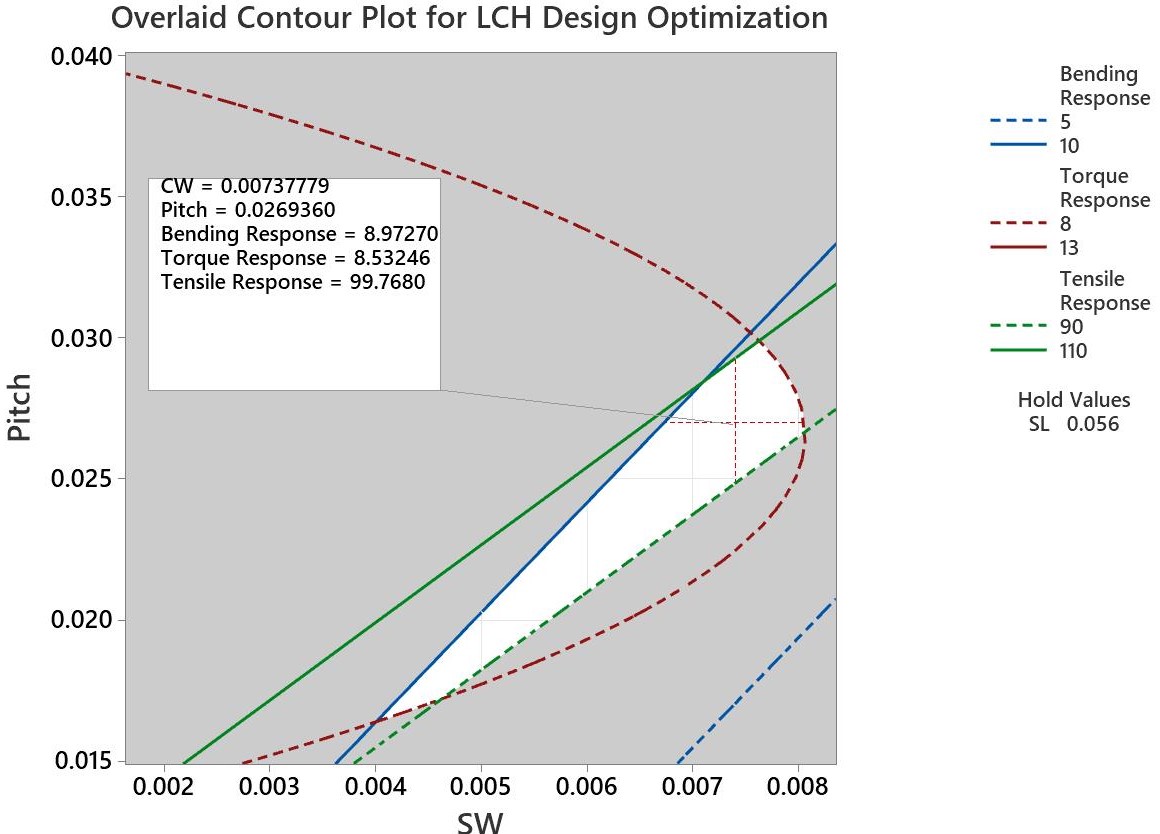
Figure 15: Overlaid Contour Plot- Pitch vs SW
Tables at a glance
Figures at a glance